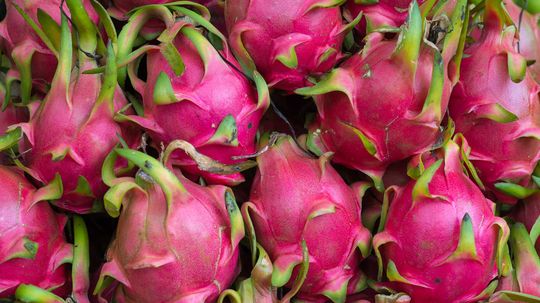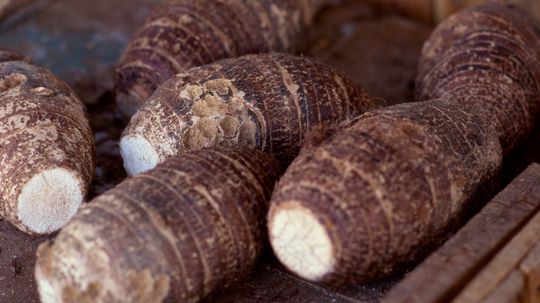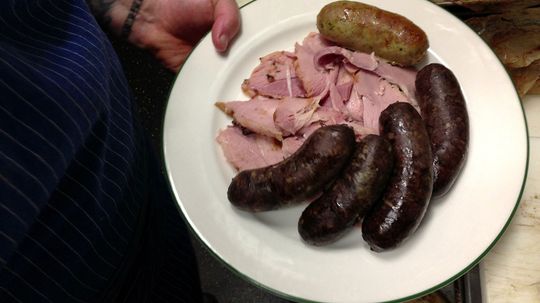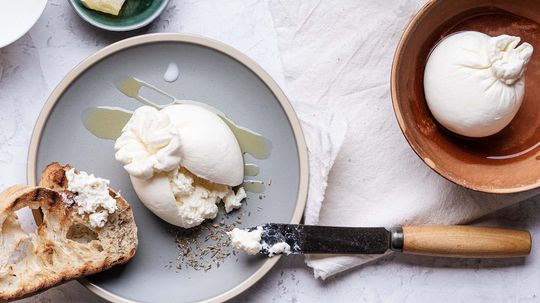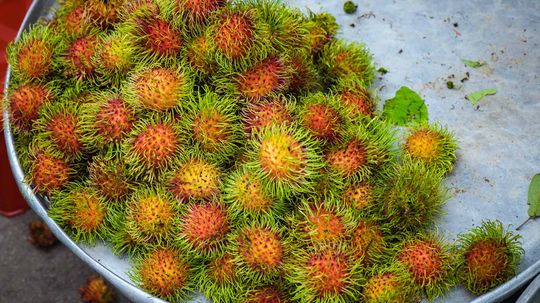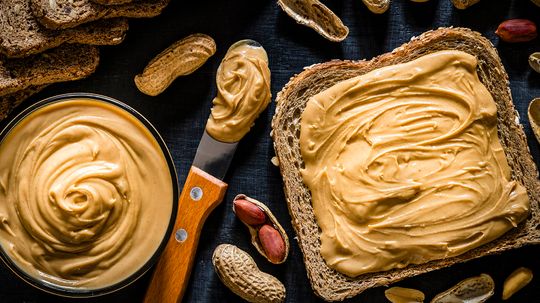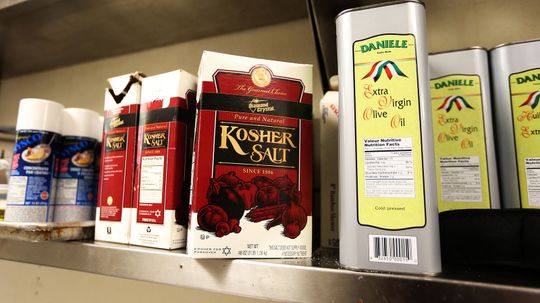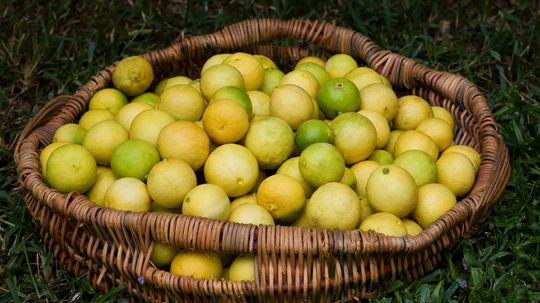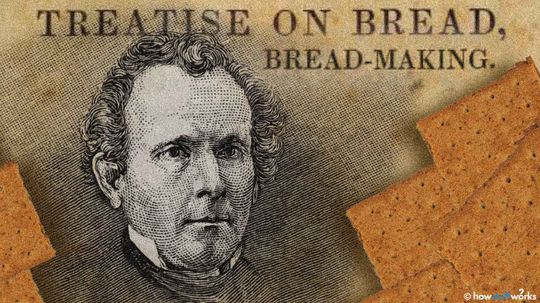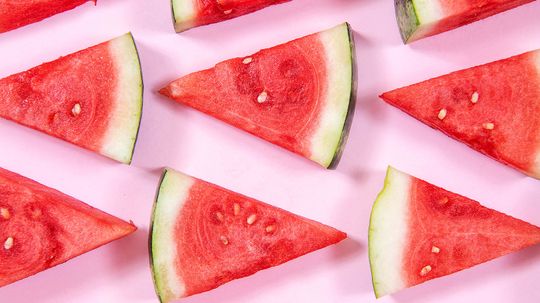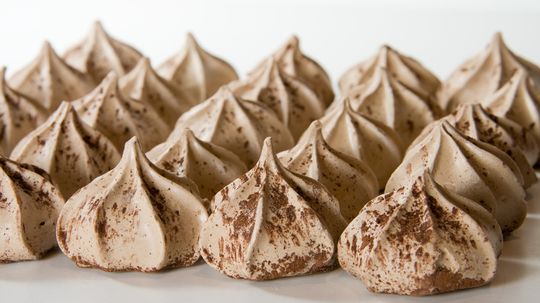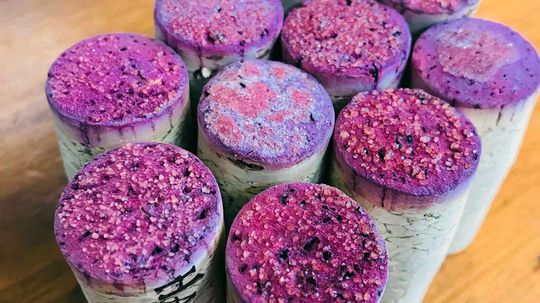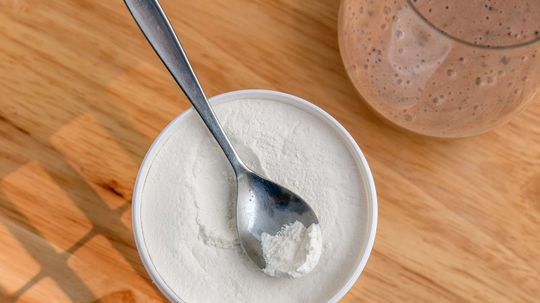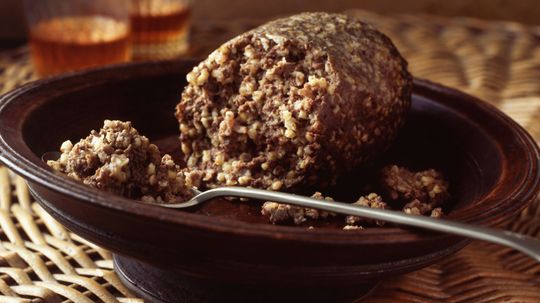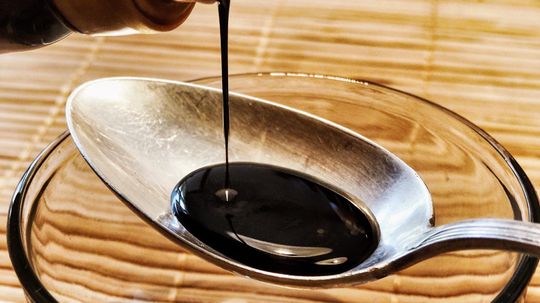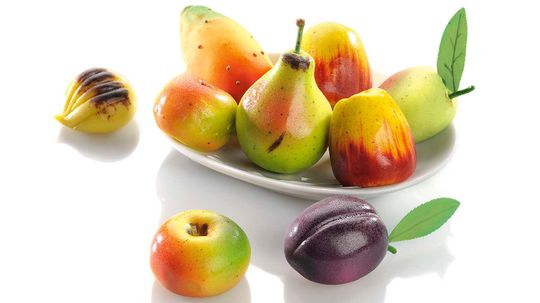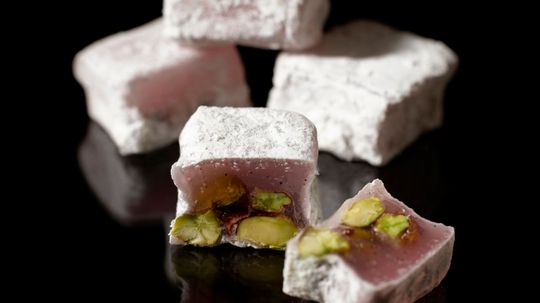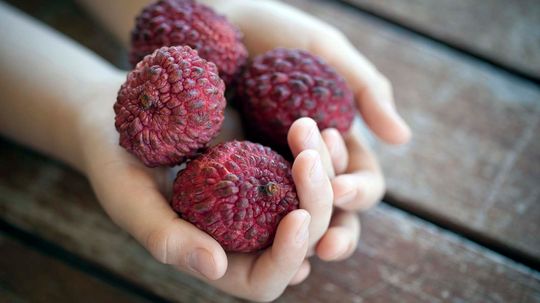Food Facts & Fun
Food Facts is a listing of articles that teaches you how all types of foods, drinks and diets work.
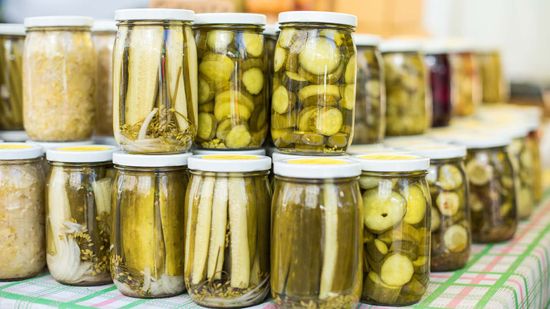
What's the Dill? The History of the Pickle
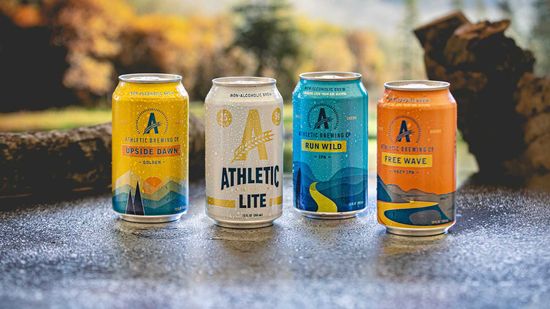
How Do Today's Brewers Make Non-alcoholic Beer?
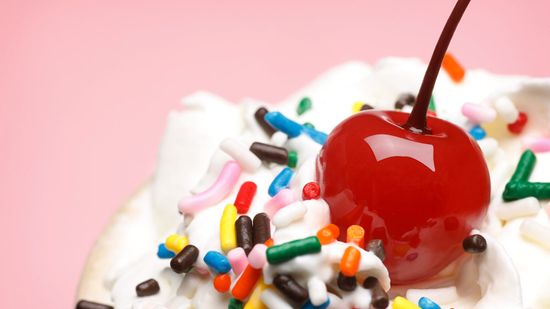
You Don't Want to Know How Maraschino Cherries Are Made

What's the Best-selling Beer in the World? Not Budweiser
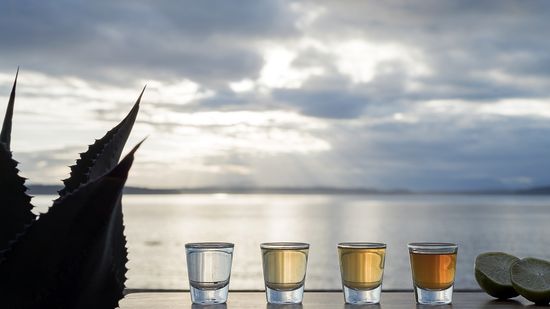
5 Types of Tequila: Which to Sip and Which to Shoot
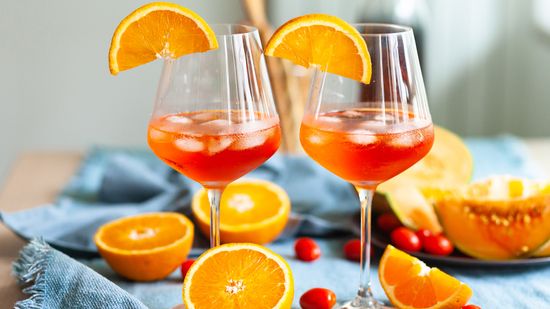
Campari vs. Aperol Cocktails and Flavor Profiles
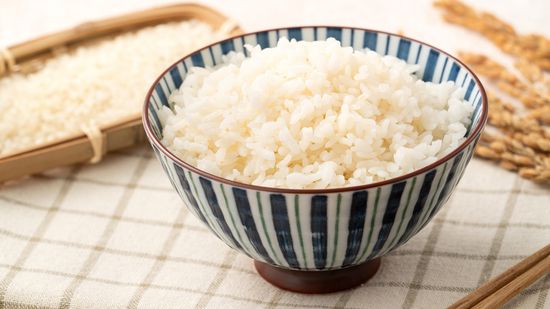
12 Types of Rice to Pair With Any Meal
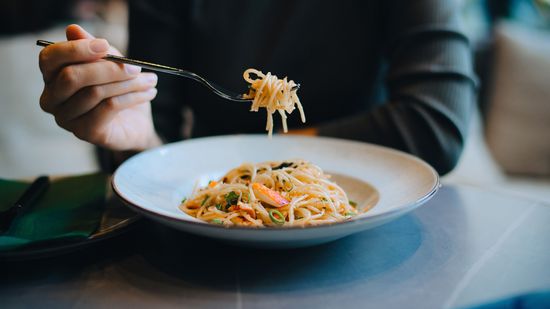
14 Types of Noodles Coming to a Dinner Table Near You
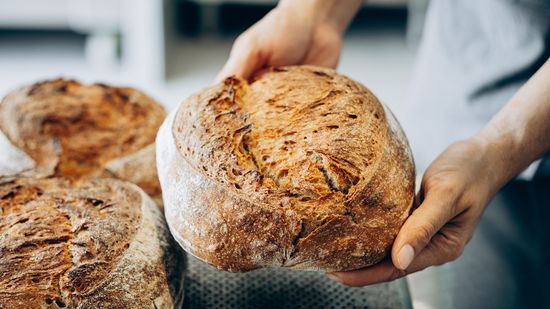
13 Types of Bread: Challah, Sourdough, Rye and More
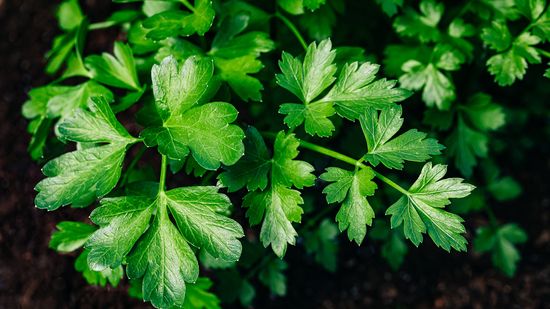
Parsley vs. Cilantro: Same Family, Totally Different Flavor Profile
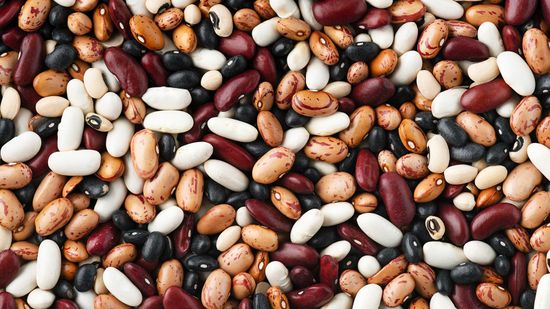
14 Types of Beans: Garbanzo, Adzuki, Cannellini and More
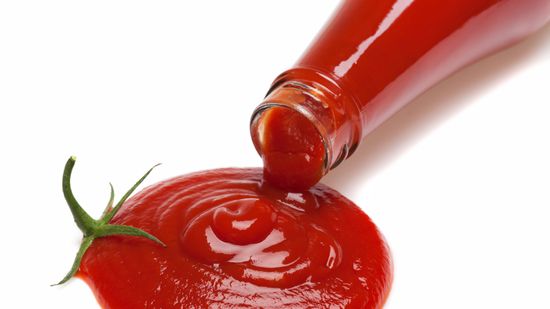
Is Tomato Catsup the Same as Tomato Ketchup?

Get the Scoop on Our Ice Cream Quiz!
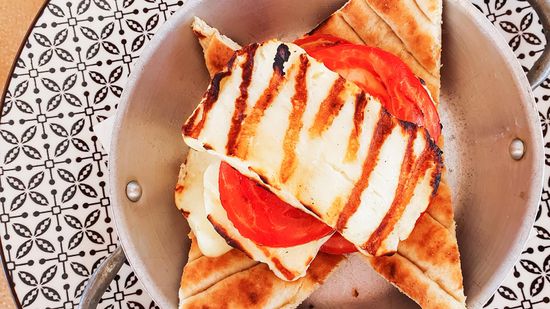
What Is Halloumi Cheese, and Why Is It Suddenly So Popular?
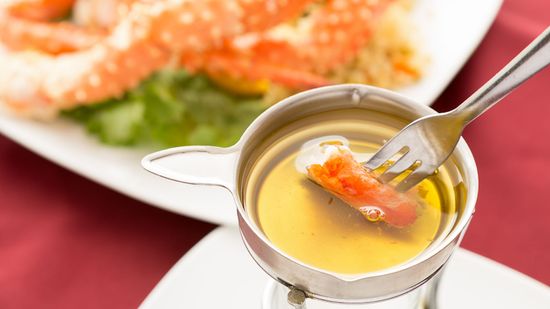
What's the Difference Between Clarified Butter and Ghee?

9 Unconventional and Weird Ice Cream Flavors We'd Love to Try

6 Types of Candy for Every Sweet Tooth

11 Types of Cookies for Your Next Snack Attack
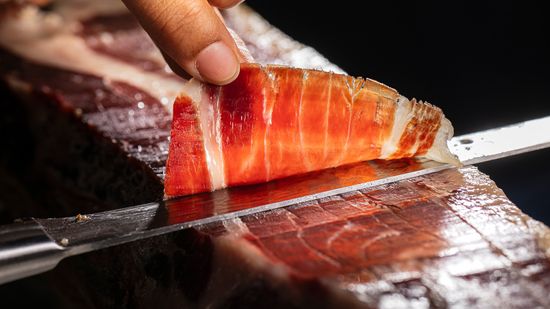
Is the Most Expensive Meat Kobe Beef, Wagyu, or Iberico Ham?

8 Food Festivals Where You Can Fill Up on a Good Time
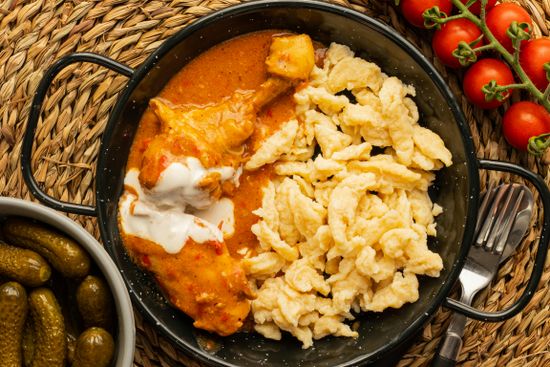
Discovering the Vibrant Flavors of Hungarian Cuisine: A Culinary Journey

How Food Tasters Work

Top 5 Reasons You Know You Should be a Pastry Chef

How to Get Your Big Break into the Baking Business

Can You Eat Jellyfish? Yes, But Not All Jellyfish
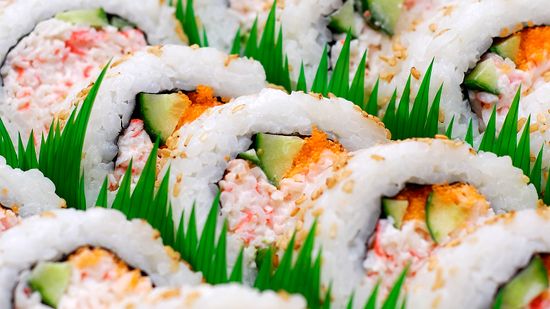
What Is Imitation Crab Meat? Is the Crab Substitute Vegan?
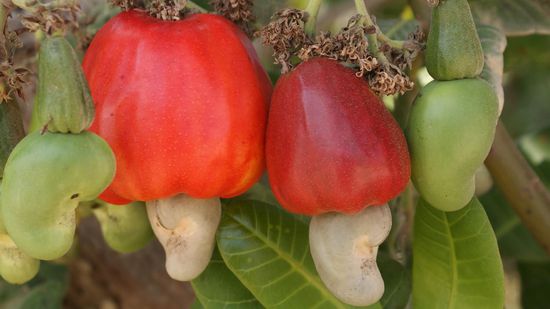
It's Nuts How These 6 Nuts Look Before Processing

What Is a Group of Bananas Called? A Bunch Isn't What You Think
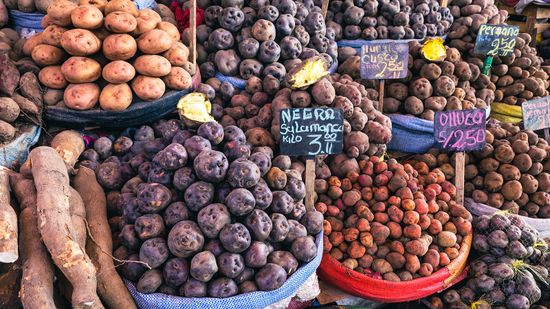
Where Do Potatoes Originate From? Not Ireland
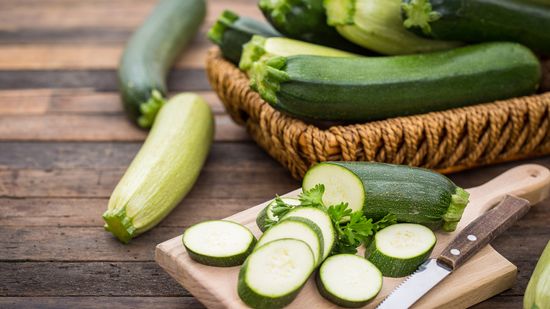
Zucchini vs. Cucumber Vitamins, Water Content, and Uses
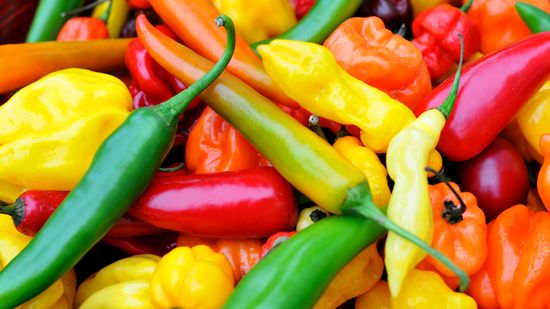
7 of the Hottest Peppers in the World
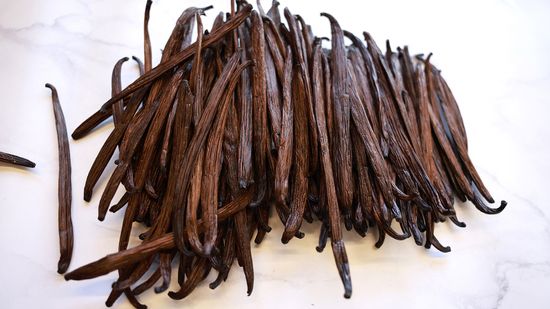
Where Does Vanilla Flavoring Come From?

Lemongrass Is a Prized Herb in Asian Cuisine
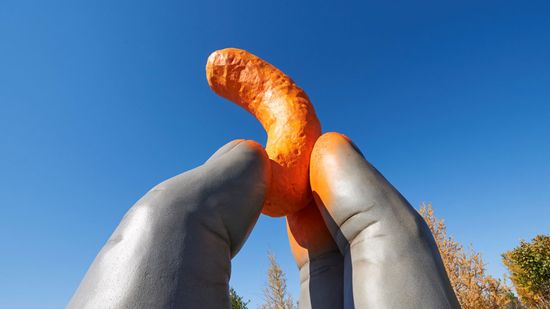
10 Flaming-hot Facts About Cheetos
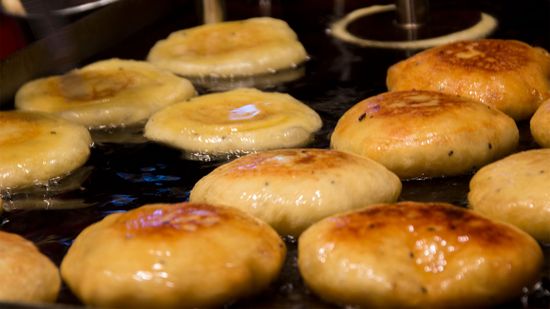
Korean Street Treat Hotteok Is Like a Warm Hug

Is There Really a Difference Between the Left and Right Twix?

10 Types of Wine and What to Pair Them With

What's the Difference Between Champagne and Sparkling Wine?

What's the Difference Between Port and Sherry?
Learn More / Page 6
This pretty pink fruit is part of the flower of a climbing cactus. The plant likely originated in Central America but you can find the fruit almost anywhere today.
Taro is a starchy root tuber that looks a lot like a potato, but it's rich in polyphenols, giving it a bigger bang as a healthy alternative.
Food writer Calvin Trillin once estimated that 80 percent of boudin bought in Louisiana doesn't make it home - it's eaten right in the parking lot. Why are people so passionate about this sausage?
Advertisement
These two Italian cheeses may look similar on the outside. But it's what's revealed on the inside that makes them so deliciously different.
Its name is a derivative of a Mayan word for "hair" and by the looks of it you can see why. But how do you eat a rambutan and what does it taste like?
Caster sugar is a term you may have come across in a British baking book or website. But what does it mean really? And what sugar can you substitute for it?
These colorful, chalk-like wafers hit the market in 1847. But they certainly aren't the most flavorful of treats. So why are they the classic candy we love to hate?
By John Donovan
Advertisement
Aaaah ... peanut butter. For some, it's a staple food. But how much butter is there in a tablespoon of the stuff?
By Jeremy Glass
Many recipes call for kosher salt rather than regular table salt. But does it really matter? And can you substitute table salt if that's all you have on hand?
You may see a recipe for Key lime pie and wonder how important it is to use Key limes rather than regular Persian limes. What's the difference between them anyway?
Graham crackers were invented by Presbyterian minister Sylvester Graham as part of a radical 19th century diet. His goal? To curb joy and sexual desires.
Advertisement
This syrupy sweet wine is synonymous with Passover and other Jewish holidays. So why is it popular with so many people outside the Jewish community as well?
By Jeremy Glass
Yeah, anybody can hack up a watermelon, but what's the best way to cut one into presentable, uniform slices without cutting off your fingers at the same time?
By Jeremy Glass
Latkes are potato pancakes that are commonly eaten during Hanukkah. What's behind this delicious Jewish tradition?
It's not cream. And it's not creamy. But it is handy and inexpensive, and it'll give your food 'oomph.'
Advertisement
You might think prosecco and Champagne are the same because they both have bubbles, but you'd be wrong. So what's makes a quality prosecco?
If you've ever had sediment - or crystals - in the bottom of your wine glass or on a cork, you've had wine diamonds. Are they a sign of a bad bottle?
Xanthan gum is a flavorless food thickener that's been around for decades. Is it the pantry staple that's missing for your pantry?
You read that right. Frank's RedHot is the reason we now eat chicken wings. So what's the backstory? We'll tell you.
By Jeremy Glass
Advertisement
The national dish of Scotland (popular at New Year's Eve and Burns Night) is banned in America because it contains a certain outlawed ingredient. But whose idea was it to stuff a sheep's stomach bag and boil it? And what does it taste like?
By Alia Hoyt
The wonderfully thick, dark syrup called molasses has been used in cooking for centuries and is still prized around the world today for its smokey sweetness.
Some form of marzipan can be dated back to ancient Egypt. But today this sweet confection is as traditional a holiday treat as they get.
There's really no shortage when it comes to milk alternatives. But oat milk seems to stand out. Why is it so hot right now? And how do you make it?
By Jeremy Glass
Advertisement
A favorite treat in British children's stories of the past, Turkish delight might be an unfamiliar taste to American readers. So, what is it like, and how do you make it? We get insight from the Culinary Institute of America.
By Alia Hoyt
You might have seen lychees at an international farmers market and not known they were lychees. The dark red tropical fruit looks a little like raspberries and are packed with potassium - and sugar.
